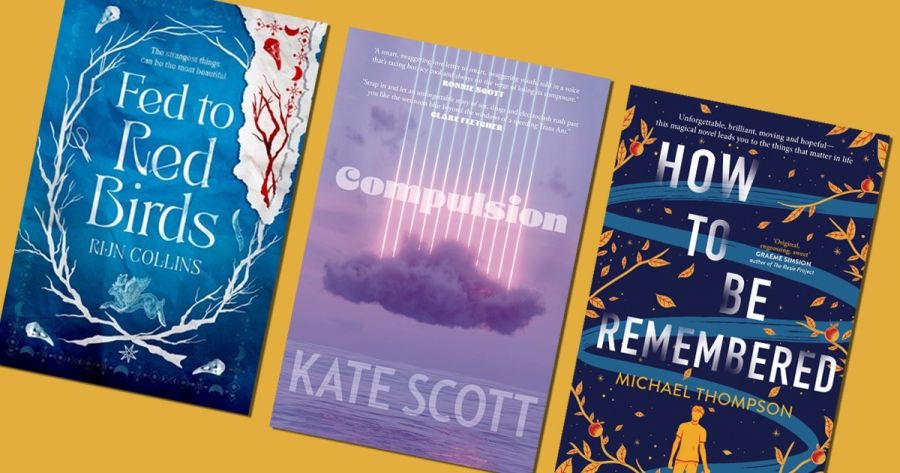
- Free Article: No
- Contents Category: Fiction
- Custom Article Title: Three new novels of self-discovery
- Review Article: Yes
- Article Title: Fairy tales and fever dreams
- Article Subtitle: Three tales of self-discovery
- Online Only: No
- Custom Highlight Text:
On the surface, there is little connection between these three début novels. Rijn Collins’s Fed to Red Birds (Simon & Schuster, $32.99 pb, 247 pp) sketches an intimate portrait of migration, beautifully illustrating the migrant’s immersion within and isolation from their adopted land. Elva, a young Australian woman, hopes to remain in Iceland, her absent mother’s home country, despite the unique challenges it presents her. Michael Thompson’s How to be Remembered (Allen & Unwin, $32.99 pb, 344 pp) poses an intriguing metaphysical question: what happens if, each year on his birthday, every trace of one boy’s existence is erased? How can a person survive when nobody, not even his parents, knows who he is? Tommy Llewellyn is determined to find the answer and outfox this universal reset. Kate Scott’s Compulsion (Hamish Hamilton, $32.99 pb, 279 pp) revels in music, drugs, food, fashion, and hedonism. Lucy Lux attempts to uncomplicate her chaotic partying lifestyle by escaping to a remote seaside town she remembers from her childhood, where her passions and problems blaze anew. Despite their many differences, these are all essentially stories of self-discovery, coming of age, and obsession.
- Featured Image (400px * 250px):
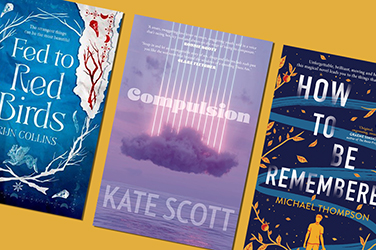
- Alt Tag (Featured Image): Lisa Bennett reviews three new novels of self-discovery
- Book 1 Title: Fed to Red Birds
- Book 1 Biblio: Simon & Schuster, $32.99 pb, 247 pp
- Book 1 Cover Small (400 x 600):
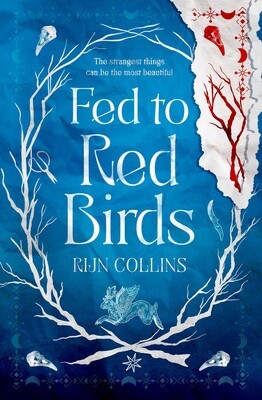
- Book 1 Cover (800 x 1200):

- Book 2 Title: How to Be Remembered
- Book 2 Biblio: Allen & Unwin, $32.99 pb, 344 pp
- Book 2 Cover Small (400 x 600):

- Book 2 Cover (800 x 1200):

- Book 3 Title: Compulsion
- Book 3 Biblio: Hamish Hamilton, $32.99 pb, 279 pp
- Book 3 Cover Small (400 x 600):
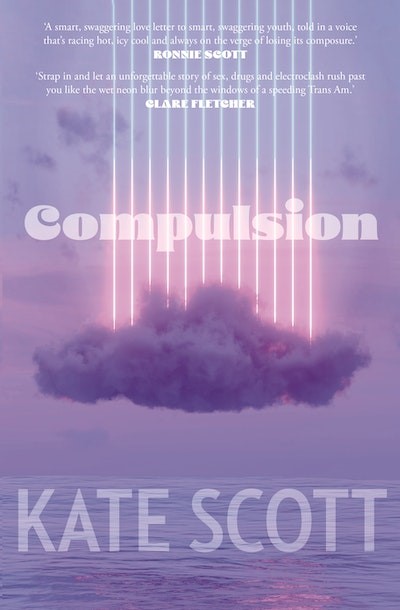
- Book 3 Cover (800 x 1200):

Tommy Llewellyn’s journey of self-discovery is also largely tethered to one powerful location in How to Be Remembered: Milkwood House, colloquially known as ‘The Dairy’, a foster home in the rural town of Upper Reach, where he is delivered as a newly forgotten one-year-old and, newly forgotten each subsequent birthday, where he repeatedly goes back into a child services system notorious for losing paperwork (and people) and remains there for eighteen years. An affable, optimistic, clever, and remarkably well-adjusted boy, Tommy makes (and remakes) friends easily at The Dairy; the primary caretakers, staff who cyclically admire and obliviate him, inevitably come to love him; antagonisms with other residents are unsurprisingly short-lived; and, crucially, he meets the girl of his dreams. After meeting Carey Price, Tommy needs to find a circuit-breaker for his annual ‘reset’. More than anyone else, she needs to remember him.
This fixation drives Tommy through his teenage years and into adulthood. Over the years, he learns from his mistakes, capitalises on existential loopholes, strives to improve himself and make a lasting impression. Beyond The Dairy, whatever supernatural power weaves the tapestry of Tommy’s fate ties his lifeline to ‘The Hole’, an inner-city pub that potentially holds the key to his future, if he and his recurrent best friend and partner-in-crime, Josh, can manage to find it. Tommy’s wholesomeness, ‘can do’ attitude, and inherent good nature tether the novel’s unconventional premise, grounding it in reality. However, this characterisation – alongside the omniscient narrator’s frequent comments and observations, and the setting’s Wintonesque tone, its ubiquitous Australianness unattached to a specific city or year, but rather imbued with a nostalgic sense of ‘back then’ – relieves much of the narrative tension after the first few chapters. After a low-stakes story, this reassuring and heart-warming novel builds to a page-turning conclusion.
Quirky and strange, these two débuts are charming, even comforting reads. Compulsion, by contrast, is a raucous serenade to wild, heady, narcissistic youth. There are no half measures in this book: Scott’s prose is like neon, vibrant to the point of fatigue; the characters are unanimously pretentious, self-consciously earnest, obnoxious imitations of people – entirely unlikeable, yet nevertheless mesmerising, much like the protagonists of HBO’s Succession; the many conversations and musings about music, art, sex, drugs, and philosophy are over-the-top, performative proofs of intelligent life.
‘Are you an existentialist?’ Robin asks Lucy at their first meeting. They are hiking along a nature trail, Lucy in a 1980s confection of mesh and hot pink, Robin in jeans and an Einstürzende Neubaten T-shirt. ‘That’s an asshole thing to go around declaring,’ she replies. ‘But if you define it as Sartre does, of creating oneself constantly through passionate action, then yes. Someone I call The Unspoiled Monster calls me a weaponised existentialist.’ This characterisation is sharp, intentional, borderline satire: ‘They’re so busy being clever they don’t realise how stupid they sound,’ Meg, an outsider to Lucy’s Abergele clique, observes. ‘Lucy was exactly the same in high school – she hasn’t grown up one bit.’ Drunken dinner discussions are platforms for fanatical analyses of songs, albums, esoteric genres, and pop hits alike, each critical observation an impassioned, overblown fever dream of opinion. Spontaneous trips to nightclubs allow these fanatics to wax poetic about all the music that is and was – ‘They danced to Can and Colder and Colourbox and Das Kabinette and Deux and Fad Gadget and Gay Cat Park and Grauzone and Kazino and Krisma and M83 and Mu and Vicious Pink and Vitalic; an alphabetical trawl through the abject’ – and to music that doesn’t yet exist, but should.
It should be a pagan, mechanistic death-rave, with drums like a heart, a metronome, a steam valve. It should be the best 12’ that Flock of Seagulls never wrote: waves, birds and cicadas synthesised to wet lustre and processed so heavily they tip from real to fake, then back to real. It should be a knife slitting water; tantamount to hearing Bach or ‘Father Figure’ for the first time. It should have the combined urgency and languor of a speedball. It should be Simon Le Bon playing ‘November Rain’ on the piano, in a cabaret bar, at the world’s end.
Compulsion is a paean to obsession, an intense dismantling of its debauched highs, a clear-eyed examination of its self-destructive drives, and a contemplation on the value of existing without it.


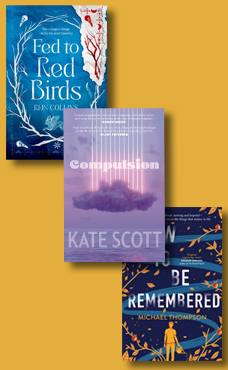
Comments powered by CComment